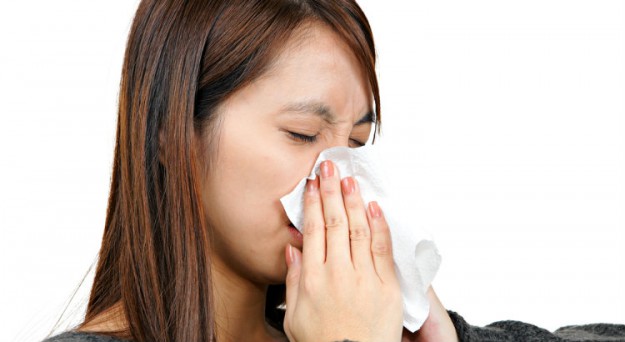Food Allergies: How to deal with them?
mis à jour le 14 July 2015 à 18:31When you are allergic to certain food items, meals can quickly become a chore. Here we have, nutritionist, Maia Baudelaire for tips to have meals without any danger.
Peanuts, shellfish or soya - when we suffer from food allergies, choosing our food can fast become a huge nightmare. Here we have Maïa Baudelaire, a nutritionist, to gives us tips on making easy meals without any risk.
The most frequent food allergies are peanuts, milk, soya, eggs, fish, shellfish, cereals that contain gluten, nuts, sesame seeds, sulphites, lupin, mollusks, celery and mustard. In response, the industrialists of the food-processing industry have developed numerous products. While specialised stores were the first to enter this market, today allergen-free foods are present in hypermarkets and supermarkets, and sales have exploded as a result.
-
Chase away allergens in labels
A glance at the list of ingredients enables us to detect the presence of allergens in a product. The regulations require clear labeling of 14 major and dangerous allergens - peanuts, milk, soya, egg, fish, shellfish, cereal containing some gluten, nuts, sesame seeds, sulphites, lupin, mollusks, celery and mustard.
There are also logos specific to certain allergies for example, gluten-free products feature a crossed grain symbol on the packaging.
-
A smartphone application: practical and playful
'Shopwise' is an application developed by nutritionists and new technology enthusiasts. It provides help in selecting healthy and responsible food. Thanks to our smarthphones, we can access a detailed index of products, along with all the contraindications in case of an allergy. This app is available from AppStore and Android Market.
-
Going out to eat? There are allergen-free restaurants!
Yes, those with food allergies can have a social life without risking an emergency trip to the hospital.
Dinner with friends? Numerous sites list the addresses of restaurants that are committed to banishing certain allergens from their menus and kitchens.
-
Allergen-free generic products: practical!
Generic brands are beginning to enter the allergen-free product market. The fastest expanding ones are those that are gluten-free as they apply to the allergic person, celiac disease sufferers and those who define themselves as 'hypersensitive to gluten'.
Allergy or intolerance?
A food allergy is an excessive reaction of the immune system to a food considered incorrectly as the 'enemy'. We call this substance an allergen. The allergy sometimes causes cutaneous or inflammatory reactions, which can be dangerous to the health. For this reason, there is a regulatory list of the main allergens. When the immune system is not concerned, we speak about intolerance. A good example is intolerance to lactose. Often less dangerous than an allergy, this intolerance often creates digestive discomfort.
Maia Baudelaire’s advice
- The diagnosis of food allergies is complex. If you have doubts, share them with your doctor or book an appointment with an allergist.
- If you suffer from celiac disease and are intolerant to gluten, it is essential to consume gluten-free food!
- You are not intolerant to gluten, but you read in magazines that a gluten-free diet is really efficient then create a list of gluten-filled foods to avoid
- If you do not have the app, look at the list of product ingredients; manufacturers are obliged to clearly display any allergens. If you have doubts about a product, do not hesitate to contact the consumer services of the brand or associations for people suffering from food allergies.
Maïa Baudelaire
Read more on allergies:
Can peanut allergies be prevented?




